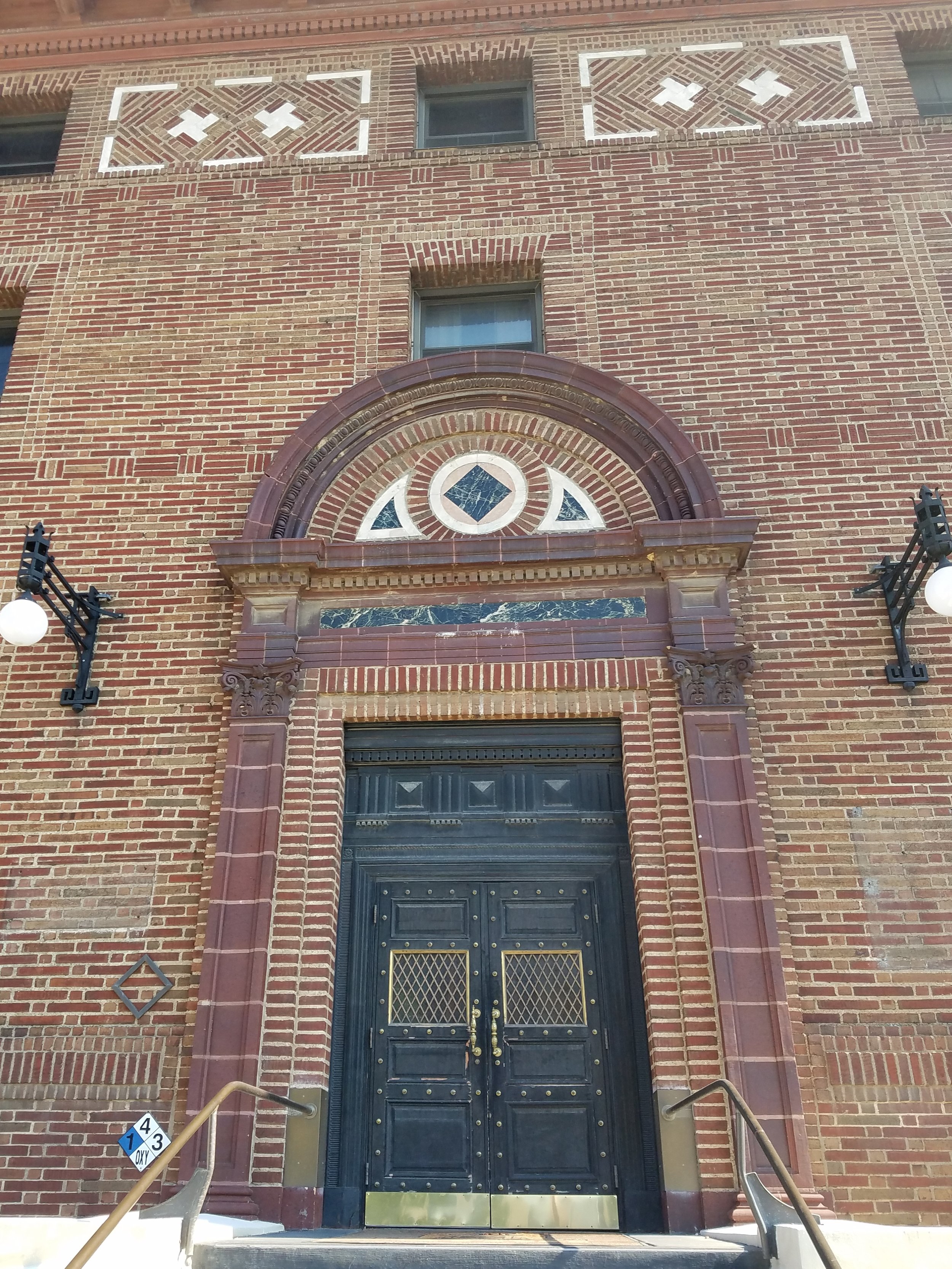By 1999, the centennial year of Hemingway's birth, I had leapt into his world with abandon as I prepared a special-section tribute for The Star, "Hemingway at 100." I read deep into Hemingway's work, met many literary scholars at conferences, and began researching his life and work, especially his Kansas City period of 1917-18.
It seemed like such a folly, expecting to find morsels that hadn't already turned up in the many Hemingway biographies and scholarly works published even then. But I trudged on periodically, examining Hemingway's papers at the John F. Kennedy Library in Boston and elsewhere, inching through The Star on microfilm, and traveling to places that shaped the outsized talent, who possessed an indelible sense for the art of the word along with a knack for bombast and bad behavior.
When I chose to retire from the newspaper in March 2016, it was full-steam ahead on the biography that I'd been scratching at for too many years. A couple of months into the new round of work, an important insight emerged. For all those years I thought I'd been working on "Hemingway in Kansas City." But who would care about that? I finally realized. The morning that I reshaped my project as "Hemingway at Eighteen" turned out to be critical. Long story short, I refashioned a formal proposal that I'd been floating and within two weeks sold the book to an editor at the Chicago Review Press. The expanded time frame allowed me to take Hemingway from Kansas City to the ambulance service in Italy, where, two weeks before his 19th birthday, he suffered a near-death wounding on the war front along the Piave River.
Those two peak, teen-age experiences now form the bulk of my book.
At a conference last spring, I learned that slice-of-life biographies had taken the publishing world by storm. Sure, full-life biographies remain the ultimate standard for many authors and readers. But the kind of closely focused books expertly cast and popularized by my friend Candice Millard (on Teddy Roosevelt, President John Garfield and Winston Churchill) have blossomed. Ever since, I've been saying that of the dozen or more Hemingway books appearing in 2017 alone, mine, I'm sure, is the sliciest.
The book, subtitled The Pivotal Year That Launched an American Legend, begins with the recent high school graduate unsure of what to do with his life as he worked his family's vacation farm fields in Michigan and fished for trout. College was out of the question for a while, and Kansas City became the default when Hemingway ultimately determined the Chicago newspapers weren't hiring but an uncle could get him a job at The Star. Kansas City's lively, gritty and sometimes mean streets, along with the newspaper's colorfully intense daily grind, served as something like a college education for Hemingway. The book details some of his more notable pieces for the paper, presents some little-known background about The Star and the city, and delivers some previously unheard contemporary voices about Hemingway, the budding writer. For the world of journalism, it also raises new questions prompted by a surprising piece of history I was finally able to confirm after many years of trying - the time that Hemingway was called to testify before a federal grand jury.
Hemingway at Eighteen comes out in October, 100 years after Hemingway's arrival in Kansas City. And 100 years after the very beginning of his self-invented life as a writer.


